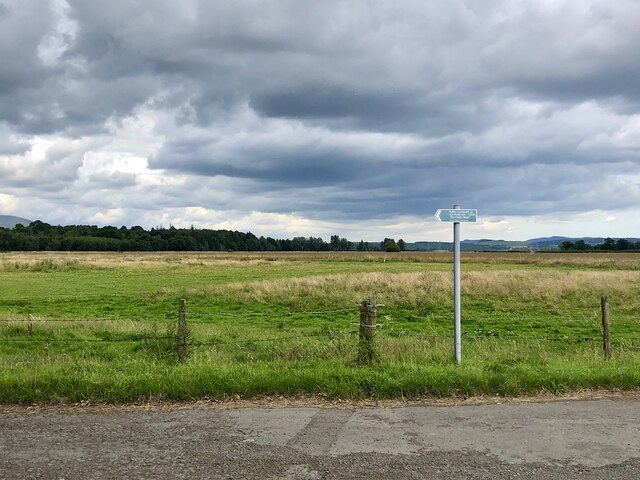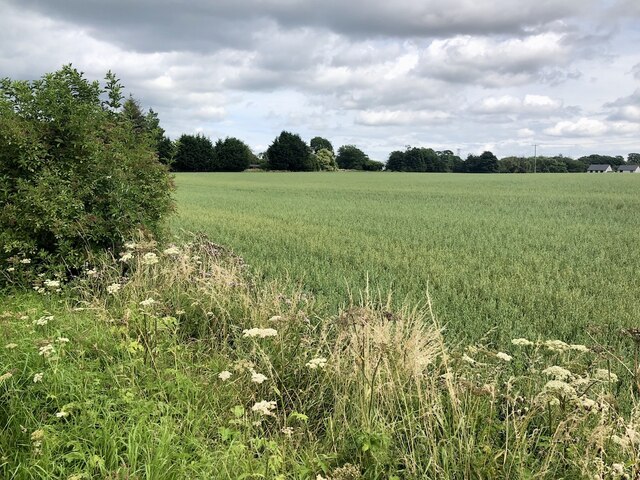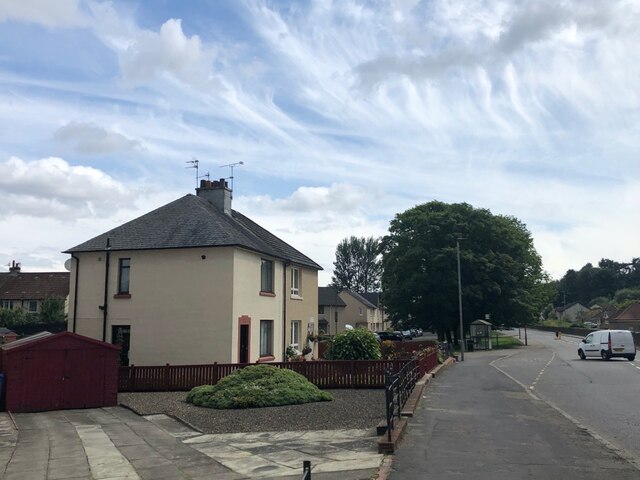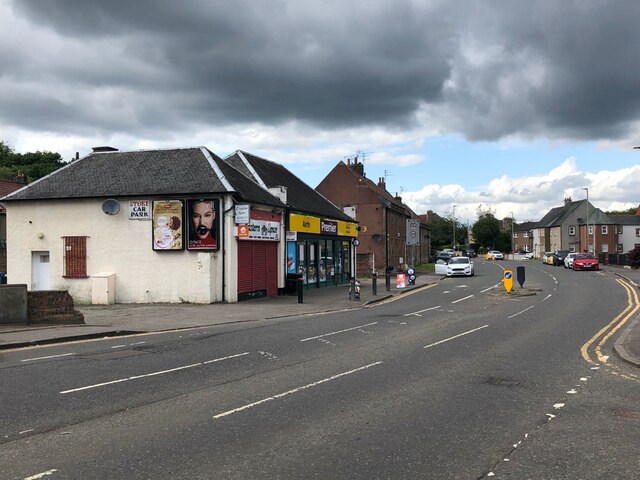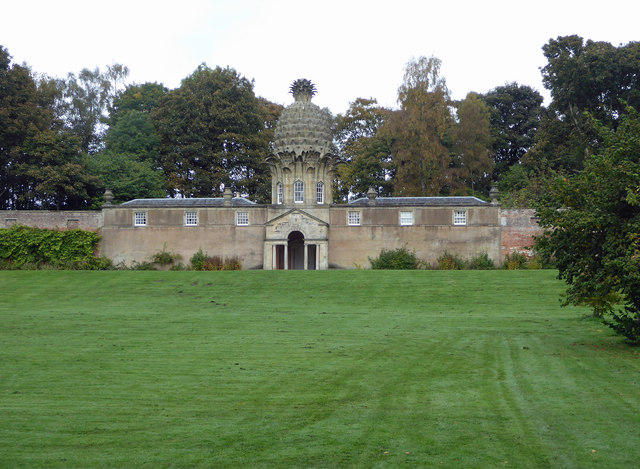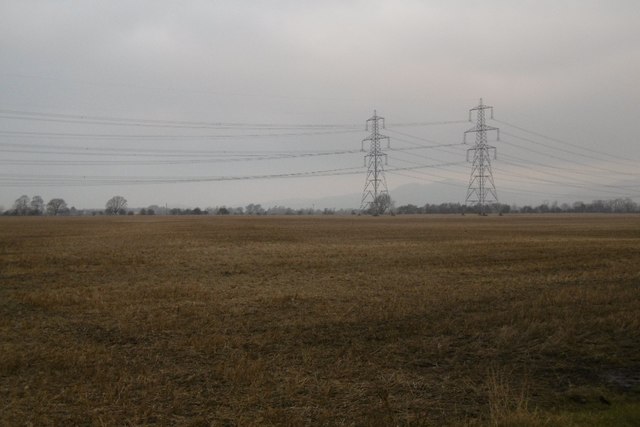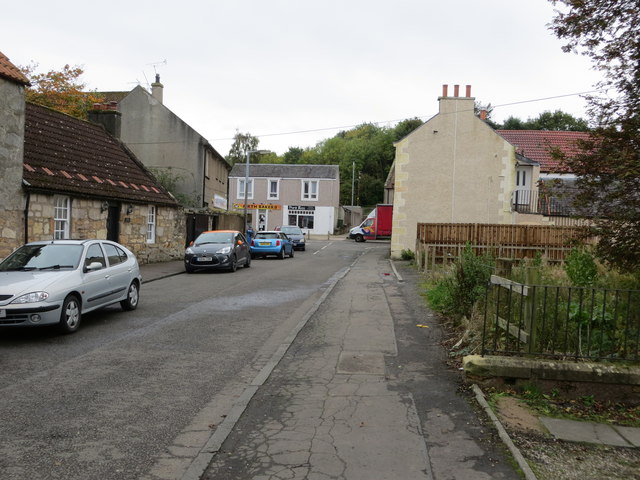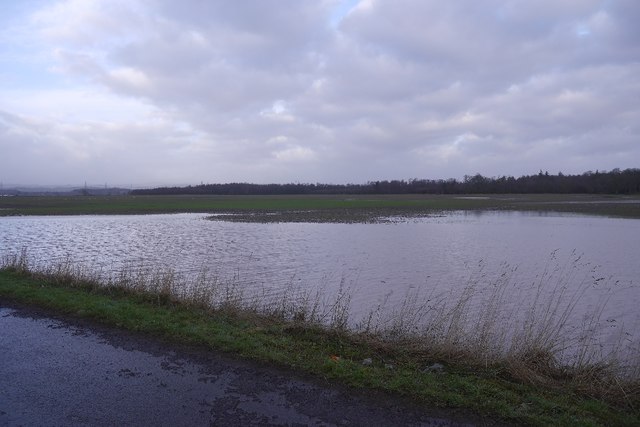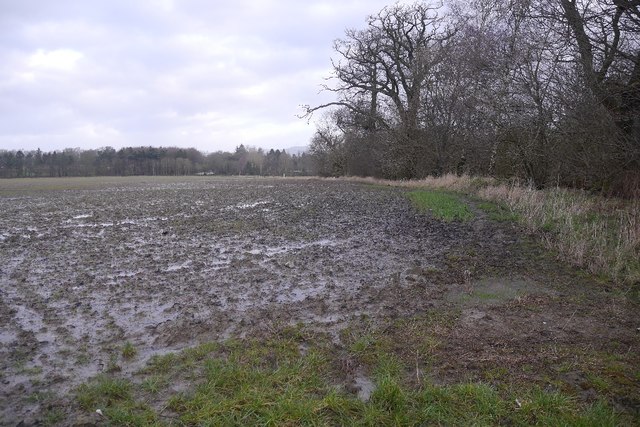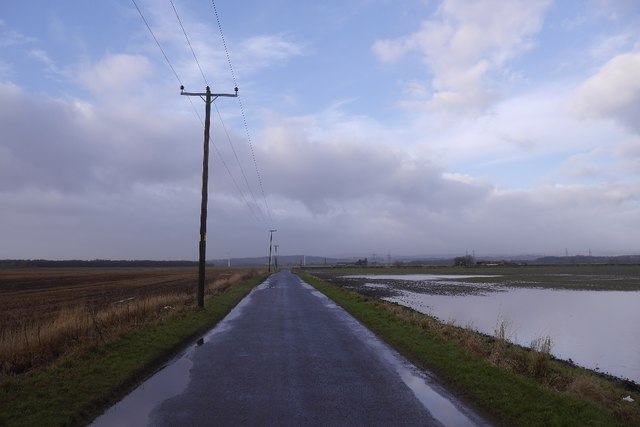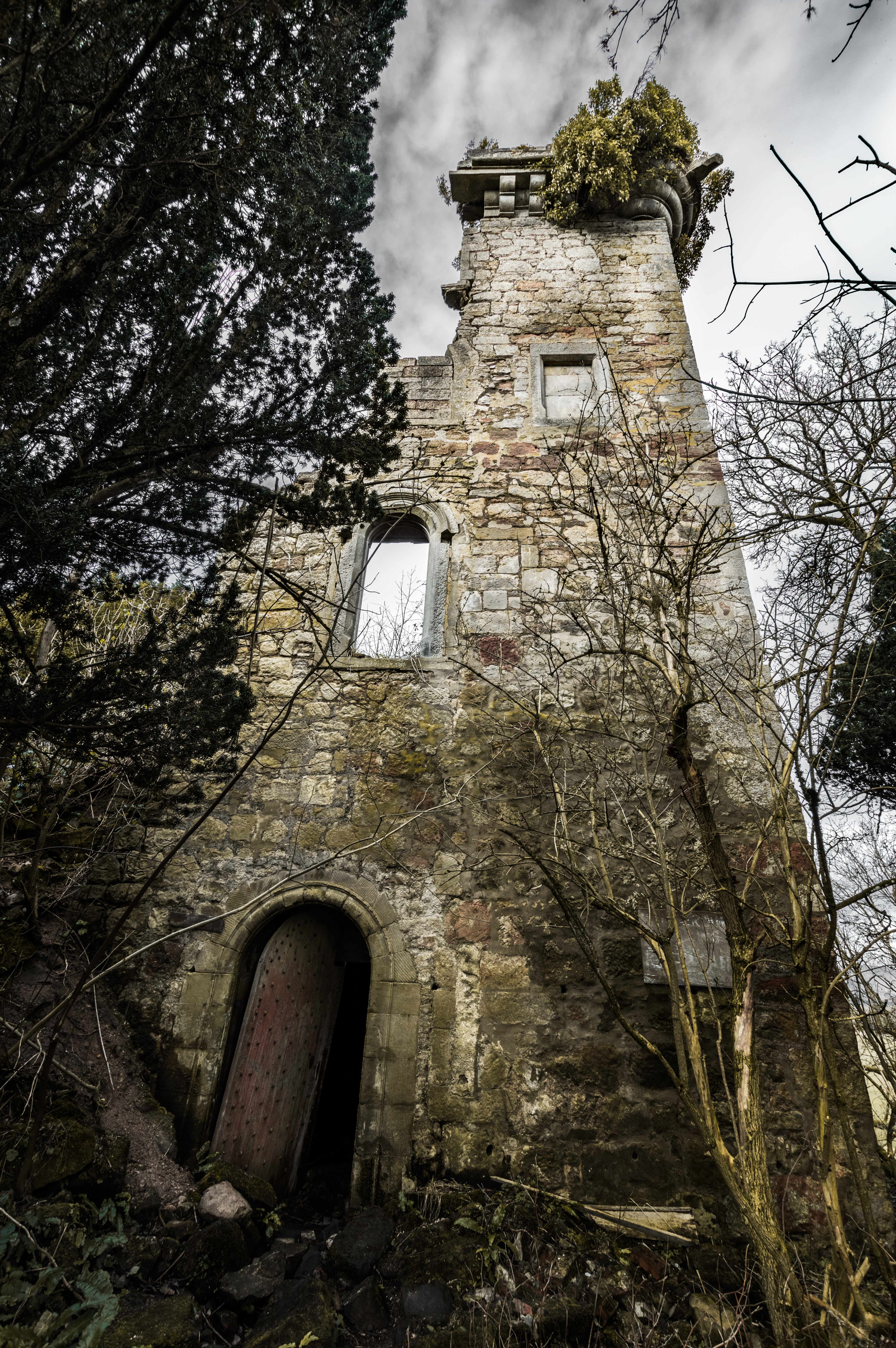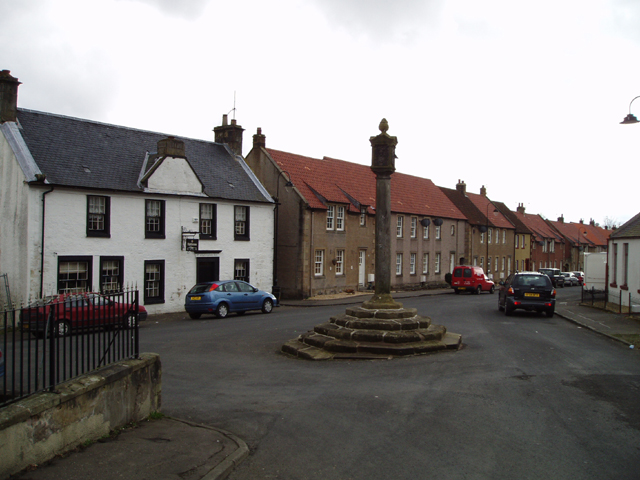Church Wood
Wood, Forest in Stirlingshire
Scotland
Church Wood
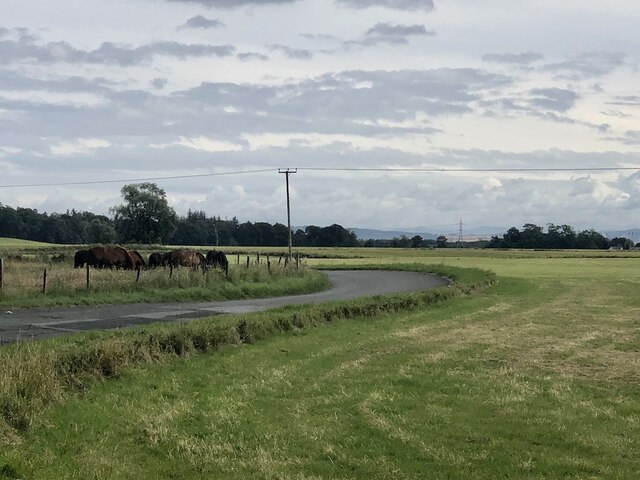
Church Wood is a beautiful woodland located in Stirlingshire, Scotland. Covering an area of approximately 50 hectares, it is nestled within the Stirling Council area, near the town of Dunblane. The wood is easily accessible, situated just off the A9 road, making it a popular destination for nature enthusiasts and locals alike.
Church Wood is predominantly composed of native broadleaf trees, such as oak, ash, and birch, which create a diverse and vibrant ecosystem. The wood is home to a rich variety of flora and fauna, including numerous bird species, small mammals, and a wide range of insects. It is a designated Site of Special Scientific Interest (SSSI) due to its ecological significance and importance for biodiversity conservation.
Visitors to Church Wood can enjoy a network of well-maintained trails that meander through the woodland, providing opportunities for leisurely walks and peaceful exploration. The wood offers a tranquil setting, allowing visitors to immerse themselves in nature and experience the calming ambiance of the forest. The trails are suitable for all ages and abilities, with some paths being wheelchair accessible.
In addition to its natural beauty, Church Wood also has historical significance. The remnants of a medieval church can be found within the woodland, adding a touch of intrigue and historical interest to the site. This historical element, combined with the abundant natural beauty, makes Church Wood a popular destination for both nature lovers and history enthusiasts alike.
If you have any feedback on the listing, please let us know in the comments section below.
Church Wood Images
Images are sourced within 2km of 56.081073/-3.7867934 or Grid Reference NS8889. Thanks to Geograph Open Source API. All images are credited.


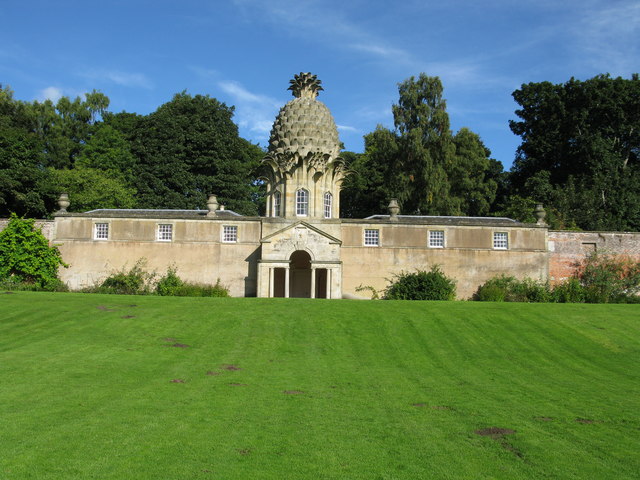
Church Wood is located at Grid Ref: NS8889 (Lat: 56.081073, Lng: -3.7867934)
Unitary Authority: Falkirk
Police Authority: Forth Valley
What 3 Words
///insurance.insurance.shackles. Near Airth, Falkirk
Nearby Locations
Related Wikis
Elphinstone Tower, Falkirk
Elphinstone Tower, also known as Dunmore Tower or Airth Tower, is a ruined tower house on the Dunmore Estate in central Scotland. It is located 1.5 kilometres...
Dunmore, Falkirk
Dunmore is a small village in the Falkirk council area of Scotland. It lies 6.5 miles (10.5 km) south east of Stirling and 5.5 miles (8.9 km) north of...
Dunmore Pineapple
The Dunmore Pineapple is a folly in Dunmore Park, near Airth in Stirlingshire, Scotland. In 1995 it was ranked "as the most bizarre building in Scotland...
Airth
Airth (Scottish Gaelic: An Àird) is a Royal Burgh, village, former trading port and civil parish in Falkirk, Scotland. It is 6 miles (10 kilometres) north...
Nearby Amenities
Located within 500m of 56.081073,-3.7867934Have you been to Church Wood?
Leave your review of Church Wood below (or comments, questions and feedback).
